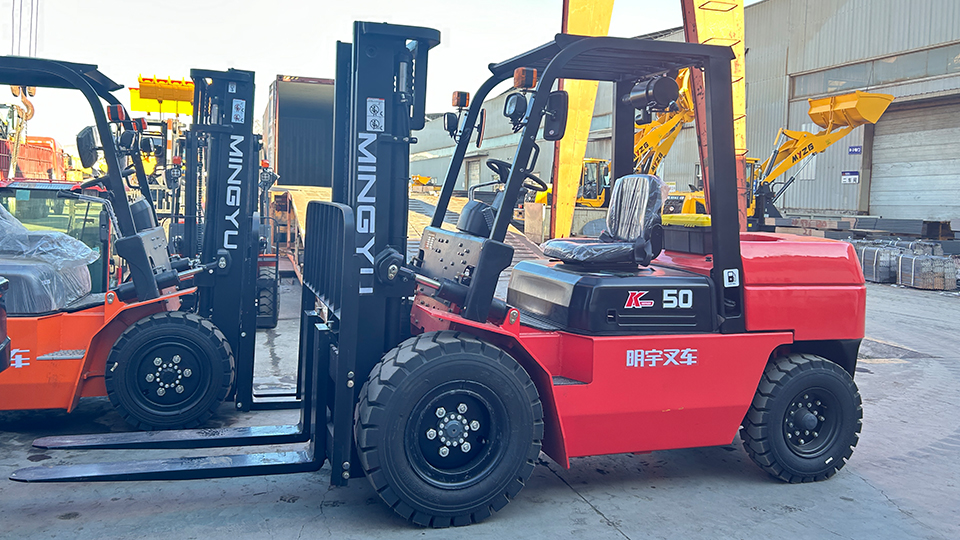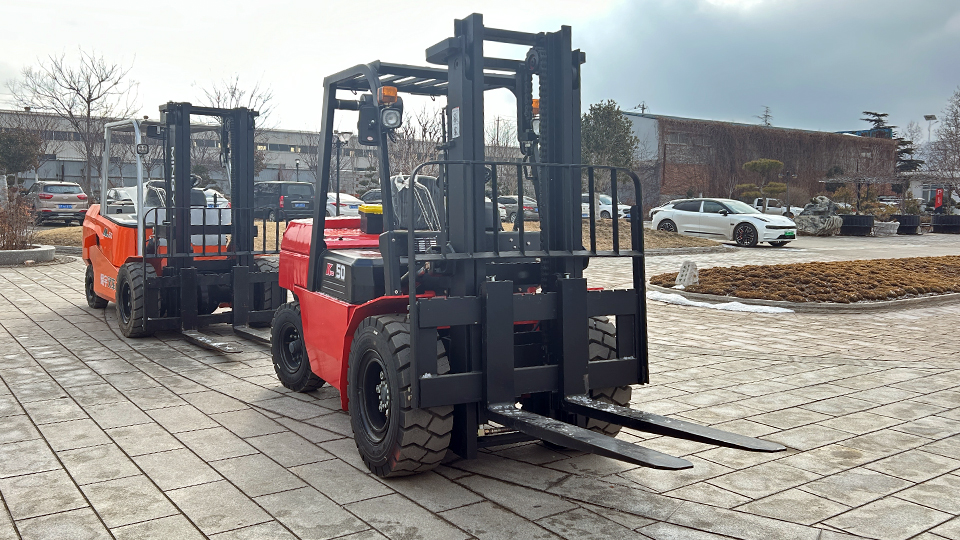
Unpacking the Timeline and Requirements
The question of "how long does it take to get a forklift license?" is a common one, particularly for individuals seeking entry into material handling or warehousing roles. However, the answer is not as straightforward as it might seem. Unlike a driver's license, there's no single, universally recognized "forklift license." Instead, forklift operators require certification, which is employer-driven and regulated by OSHA (Occupational Safety and Health Administration) standards. This article delves into the factors influencing the time it takes to become a certified forklift operator, breaking down the training components and timelines.
Understanding Forklift Certification vs. Licensing
It's crucial to clarify the distinction between a "license" and "certification" in this context. OSHA doesn't issue forklift licenses. Instead, they mandate that employers ensure their operators are properly trained and evaluated to demonstrate competency. This employer-provided certification is the standard for operating forklifts in the United States.
OSHA's Powered Industrial Truck Standard (29 CFR 1910.178) outlines the requirements for operator training, which includes both theoretical knowledge and practical skills. Therefore, the "time to certification" is dictated by the duration of these training components.
Factors Affecting Training Duration
Several factors influence the time it takes to become a certified forklift operator:
Type of Forklift:
Different forklift types require specialized training. A simple electric pallet jack's training will be significantly shorter than that for a rough terrain forklift or a high-capacity lift truck.
Training must cover the specific operating characteristics and safety considerations of the forklift model the operator will be using.
Trainee's Prior Experience:
Individuals with prior experience operating forklifts or other heavy equipment may require less training than those with no experience.
However, even experienced operators must undergo training to ensure they meet OSHA standards and are familiar with the specific equipment and workplace conditions.
Training Provider and Format:
The duration of training can vary depending on the provider and format.

Employer-provided training, third-party training courses, and online/in-person combinations all have differing timelines.
Online theoretical work can be done at variable paces, while in person practical work has fixed time constraints.
Complexity of the Work Environment:
Operating forklifts in complex environments, such as tight warehouses or busy construction sites, may require more extensive training.
Training must address the specific hazards and challenges of the work environment.
Evaluation and Demonstration of Proficiency:
The time it takes to complete the evaluation process depends on the trainee's ability to demonstrate proficiency in both theoretical knowledge and practical skills.
Remedial training may be necessary if a trainee does not initially pass the evaluation.
Typical Training Timeline
While the exact duration varies, here's a general overview of the typical training timeline:
Theoretical Training (Classroom or Online):
This component typically covers OSHA regulations, forklift operation principles, load handling, safety procedures, and pre-operation inspections.
This can range from a few hours to a full day, depending on the training provider and the complexity of the material. Online training allows for a more flexible timeframe.
Practical Training (Hands-on Operation):
This component involves operating the forklift under the supervision of a qualified instructor.
Trainees must demonstrate their ability to perform various tasks, such as maneuvering, picking up and placing loads, and operating in different work environments.
This portion of the training typically takes several hours to a full day, depending on the trainee's experience and the complexity of the equipment.
Evaluation:
After completing the training, trainees must undergo an evaluation to assess their knowledge and skills.
This typically includes a written test and a practical driving test.
The evaluation process can take a few hours.
Overall Timeframe
In most cases, forklift certification can be obtained within one to a few days. However, the exact timeframe can vary significantly.
Basic forklift certification for simple equipment may take as little as a few hours.
Certification for complex equipment or in challenging work environments may take several days.
It is worth noting that OSHA requres retraining every three years at a minimum. So the initial training is not the only time invested.

Key Considerations for Employers
Employers play a crucial role in ensuring their forklift operators are properly certified. They must:
Develop or provide a training program that meets OSHA standards.
Conduct thorough evaluations of operator competence.
Maintain records of all training and evaluations.
Provide refresher training as required by OSHA.
Benefits of Proper Forklift Certification
Proper forklift certification is essential for:
Enhancing workplace safety: Well-trained operators are less likely to be involved in accidents.
Reducing potential liability: Employers who ensure their operators are certified minimize their legal risks.
Improving productivity: Certified operators are more efficient and productive.
Ensuring regulatory compliance: Certification helps employers meet OSHA requirements.
Increased Job opportunities: Certification broadens an individuals employment opportunities.
Conclusion
While there's no single "forklift license" and no fixed timeframe for certification, understanding the factors that influence training duration is essential. By adhering to OSHA standards and providing comprehensive training, employers can ensure their forklift operators are competent and safe. The time invested in proper certification translates to a safer, more efficient, and compliant workplace.
Name: selena
Mobile:+86-13176910558
Tel:+86-0535-2090977
Whatsapp:8613181602336
Email:vip@mingyuforklift.com
Add:Xiaqiu Town, Laizhou, Yantai City, Shandong Province, China